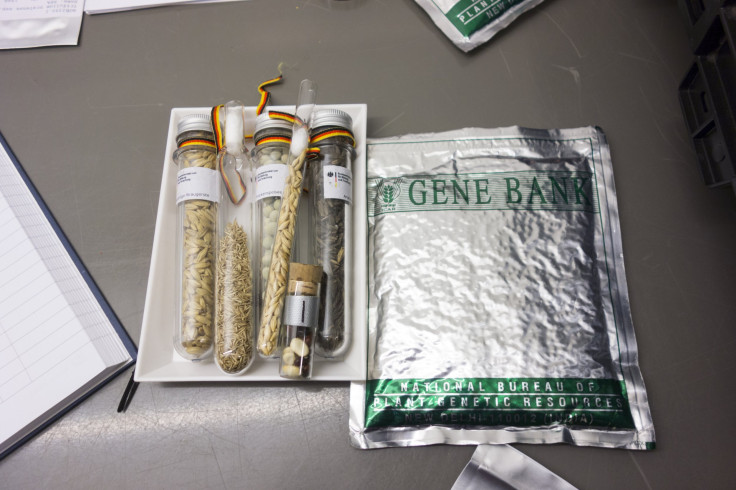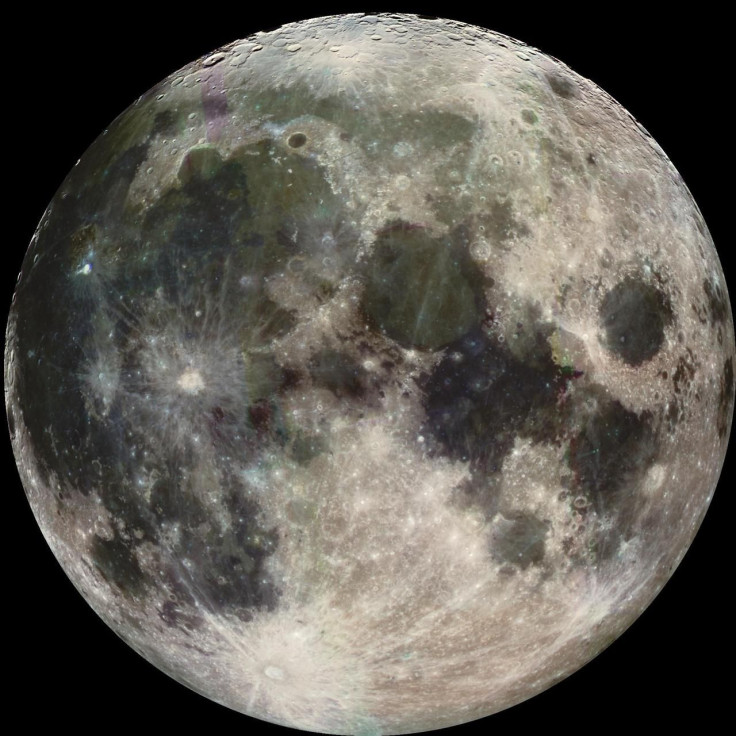Modern Ark: Why Scientists Want To Send DNA Samples To The Moon
KEY POINTS
- Researchers want to build a modern-day ark on the moon
- There, samples of millions of Earth species will be preserved
- It may be useful in case of a global catastrophe
Scientists want to store the DNA of millions of plants and animals on the Moon -- in case of a doomsday scenario, the Earth will have a back-up of its biodiversity.
It's no secret that the Earth is not in its best shape, and researchers are proposing an idea that could save the planet's biodiversity. Describing it as a "modern-day Ark," in reference to the biblical story of Noah's Ark, the idea is to send samples of 6.7 million of the world's species to the Moon. At a facility in the underground lunar lava tubes in Norway, the seeds, spores, eggs, and sperm will be frozen cryogenically as a "global insurance policy."
"Earth faces the probability of peril from various natural disasters and human threats such as global nuclear war that could wipe out a large number of species in a short time," University of Arizona (UArizona) researcher Jekan Thanga said in the proposal, also citing other mass extinction dangers such as a supervolcanic eruption, asteroid impact, accelerated climate change and a global-level solar storm.
"As humans, we had a close call about 75,000 years ago with the Toba supervolcanic eruption, which caused a 1,000-year cooling period and, according to some, aligns with an estimated drop in human diversity," he further stated in the UArizona news release.
This concept is not entirely new. The "doomsday" Svalbard Seedbank in Norway has been holding hundreds of thousands of seed samples in the country's Arctic territory in case of a global catastrophe that could threaten the planet's food security. It already proved useful in 2015 when researchers were able to retrieve grain samples from the vault amid Syria's civil war. And in 2020, the facility added 60,000 more seed samples.

'Not As Overwhelming As It Sounds'
The concept for the lunar ark is similar, except it takes it a major step further by transporting the samples out of the planet and placing them in an ark under the ground on the Moon.
The lunar lava tubes could be an "excellent shelter," Thanga said, explaining they could provide protection from radiation, temperature swings, and even small meteorite impacts. And the concept for the ark includes solar panels on the Moon's surface, an analysis laboratory, cryogenic preservation modules, and at least two elevator shafts.
It sounds like a major undertaking, and it is, but Thanga noted that it's actually "not as overwhelming as it sounds," according to UArizona. Compared to the 40 launches it took to build the International Space Station, sending samples from 6.7 million species would take about 250 launches.
"It's not crazy big," Thanga said. "We were a little bit surprised about that."
"What amazes me about projects like this is that they make me feel like we are getting closer to becoming a space civilization, and to a not-very-distant future where humankind will have bases on the Moon and Mars," UArizona doctoral student involved in the project, Álvaro Díaz-Flores Caminero, said in the news release. "Multidisciplinary projects are hard due to their complexity, but I think the same complexity is what makes them beautiful."
The proposal was presented at the recent Institute of Electrical and Electronics Engineers (IEEE) Aerospace Conference.

© Copyright IBTimes 2024. All rights reserved.






















